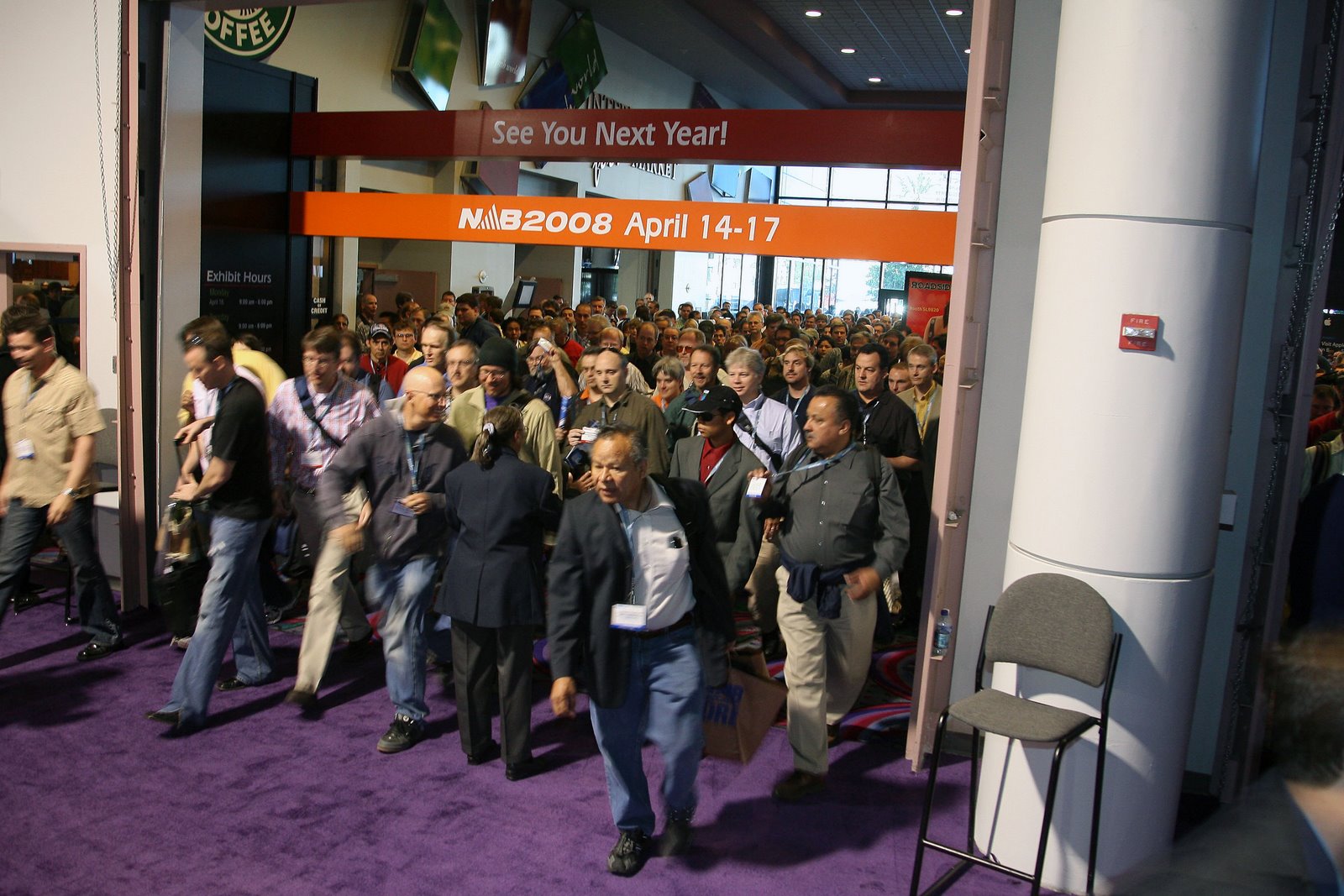I attended the DTV Reception Issues Broadcast Engineering Conference Session at 10:30am today. It was full of interesting quantitative planning factors that one should use in predicting coverage changes post the Feb’09 DTV transition. The numbers came too fast to capture and I will have to purchase the conference proceedings so I have access to the details. My interest in this topic comes from work I have been doing with Centris (Google Centris and DTV coverage for details) to understand the consumer experience following the DTV transition. I came to the independent realization that with over 70% of OTA TVs on indoor antennas, the FCC planning factors for DTV coverage of an outdoor 30 foot high direction gain antenna would not provide a reliable predictor of coverage. As Bill Meintel pointed out in his presentation, it is the cliff effect in DTV that makes the difference. People who currently have acceptable analog performance may not find any DTV signal post transition. In fact, just before NAB I got my NTIA converter box coupons and find that while I can pick up all my VHF channels as DTV, all my analog UHF channels are not watchable in digital form with an indoor antenna. As stated by Bill, the adjustments one must make to coverage prediction to the FCC’s LR OET69 model for DTV included:
· Corrections for other than 30 foot antenna height
· Corrections for indoor coverage due to building penetration loss as a function of where in the house the antenna is located· Multipath, with separate factors for static and dynamic
· Local noise, especially at VHF
· Receiver performance variation, especially equalizer complexity
Bill gave typical, best case, and worse case data for each adjustment that should be helpful to anyone who tries to accurately predict DTV coverage.
Monday, April 14, 2008
Subscribe to:
Post Comments (Atom)


No comments:
Post a Comment